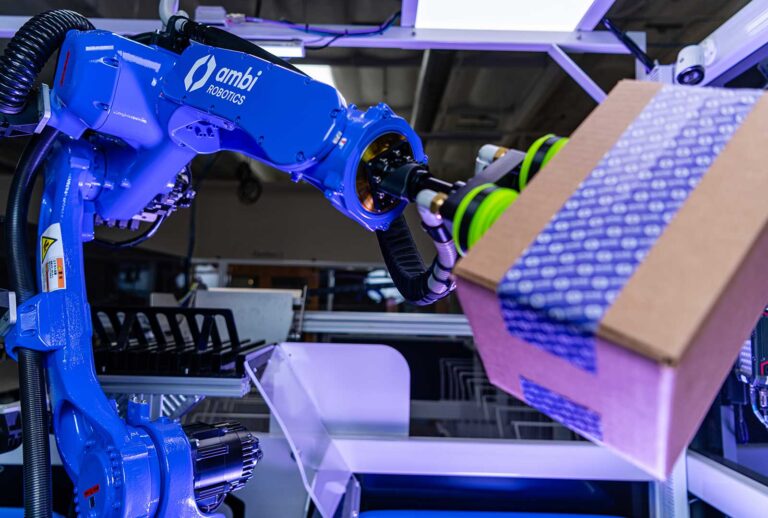Hub-to-Hub Autonomy
Mazen Danaf, Senior Economist, Uber Freight joined Grayson Brulte on The Road to Autonomy podcast to discuss the current state of surface freight transportation market and Uber Freight’s approach to autonomous trucking starting with a hub-to-hub strategy.
The conversation begins with Mazen discussing how he sees the $1.06 trillion dollar surface freight transportation market evolving over the coming years.
We will continue to have more automation over the coming years.
– Mazen Danaf
While more automation will becoming to the market, sustainability and transparency are also coming to the market as well. Over the past 24 months the spot rates for shipping have been extremely volatile and the contracts have become inefficient.
We need more tools that can adapt to this level of volatility, and we think that tools like Market Access, which is a class model is one of the best tools out there. Shippers know what the current rates are in the market and then they are paying for that based on a cost-plus model.
– Mazen Danaf
Uber Freight which participates in this market generated $2.134 billion in revenue in 2021, and the company is on pace to generate $7.84 billion in 2022. This growth is being driven by technology, expansion into new verticals and market tailwinds.
We are using technology to drive costs lower for everyone. For carriers and for shippers.
– Mazen Danaf
With the trend of reshoring manufacturing back to the United States, Grayson poses the question to Mazen, will there be enough freight capacity to move goods.
It’s a cycle. I would say freight capacity is aways chasing demand and the equilibrium level is so elusive that we can’t get to it, so sometimes we undershoot and sometimes we overshoot.
– Mazen Danaf
At this point, there is enough capacity to handle the trend, but a potential recession in the United States could change the scenario. This is a scenario that Mazen is modeling for to determine what impact on the freight market will be if consumer spending on goods slows down.
If a recession happens, we are expecting a single digit reduction in freight volumes.
– Mazen Danaf
In a recessionary scenario, spending on durable goods will decrease and unemployment will rise. With a truck driver shortage estimated to be 84,000 truck drivers this year and a potential recession, the cost to ship freight could potentially increase due to a lack of capacity. The trend of the driver shortage is forecasted to grow to 160,000 drivers by 2030.
A large amount of truck drivers who are currently driving trucks today are starting to prefer to drive local routes instead of long-haul over-the-road routes, which is further putting strain on the freight market. These market conditions are creating the perfect opportunity for autonomous trucking to fill the void and shore up the demand in the market for long-haul trucking.
Serving the middle-mile is the perfect opportunity for autonomous trucking.
– Mazen Danaf
This is the opportunity that Uber Freight is focused on which Mazen and his co-authors highlighted in their The Future of Self-Driving Technology in Trucking, A road map for evolving freight transportation with autonomous trucks paper. The hub-to-hub model will have economic benefits for customers of the Uber Freight platform in terms of cost savings.
By leveraging their vast amounts of data, Uber Freight is able to work with their autonomous trucking partners to determine the most ideal locations for the transfer hubs. At first these hubs will be located near major freeways, which will increase the utilization and uptime of the trucks.
At the transfer hub, the autonomous trucks will drop the load and the final mile delivery will be done by a professional truck driver, creating efficiencies. With the hub-to-hub model, there is no limit to the amount of freight that can pass through this model, the only restraint is the amount of freight available in the market.
The hub-to-hub model is merely just the starting point to how Uber Freight sees the autonomous trucking model evolving.
We do not think this is the final model. We think of this as a stepping stone and we believe that one day we will be able to achieve end-to-end operations where autonomous trucks will be able to drive from the source facility to the end facility.
– Mazen Danaf
Wrapping up the conversation, Mazen shares his thoughts on the future of Uber Freight.
Follow The Road to Autonomy on Apple Podcasts
Recorded on Monday, October 10, 2022




